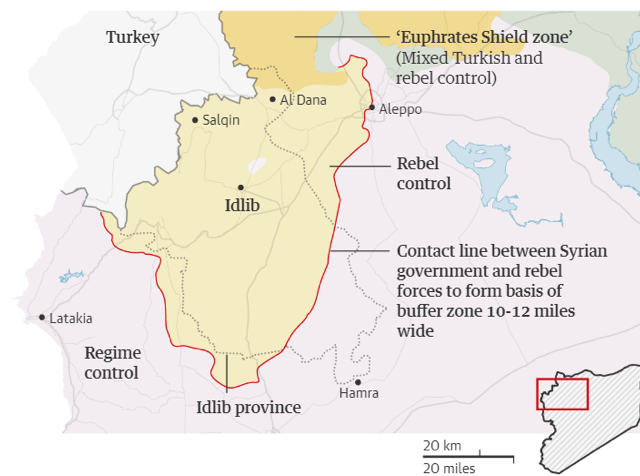In the last few years, several terrorist incidents in Europe have raised serious concerns about prison radicalization and the effectiveness of programs meant to counter it as well as de-radicalize individuals. For instance, the United Kingdom presents a number of cases where terrorists were radicalized while incarcerated or failed to be de-radicalized during their sentences.
The stabbing of two people in south London a month ago is a notable example as it involved an ex-offender convicted of Islamist terrorism related offences. A similar incident is the case of the London Bridge attacker who had been released from prison about one year prior to stabbing and killing two people in November 2019. The fact that the attacker in the second case underwent de-radicalization programs throughout 8 years of incarceration is particularly worrying and raises doubts about the UK’s counter-terrorism strategy.
There is also the case of the March 2017 Westminster attack carried out by a Briton who was previously convicted for non-terrorism related offences and is said to have been radicalized in prison. Moreover, some of the members of the 2004 Madrid attacks, the so-called shoe-bomber, and the person behind the 2005 failed attacks in London, are all believed to have become radicalized whilst incarcerated. It is therefore apparent that prison radicalization is not a new phenomenon, but rather a trend that can be reasonably explained by reasons why a person turns towards violence, or even worse, terrorism.
One of the key reasons why individuals resort to terrorism is the fact that they feel alienated and marginalized. Terrorist recruiters are often charismatic leaders that take advantage of the vulnerable situation of some people to introduce an extreme ideology and provide a sense of belonging. After succeeding in gaining their trust, it is easier to manipulate radicalized individuals and the process of radicalization may enter its final stage — the active involvement in violent acts.
Inmates are often isolated from society and many of them are open to alternative life-concepts and ideologies. Feeling alienated and frustrated, such prisoners are susceptible to radicalization and recruitment to terrorism. The sense of belonging to a group consisted of other like-minded people gives meaning to their life. Those people share the same radical ideas and they are fully committed to fight for a common cause using also violent means.
Moreover, increased levels of violence in prisons sometimes contributes to radicalization. In prisons, especially over-crowded ones, assaults on prisoners or staff are more likely to take place. There are numerous incidents where corrections officers have been attacked by prisoners and this is sometimes compounded with inadequate training of officers to challenge such behaviors. The risk posed to the safety of the prison staff gives extremists the space needed to radicalize inmates almost unimpeded.
In an attempt to prevent the proliferation of such extremist ideologies in prisons, it has been suggested that convicted terrorist should be isolated from the rest of the prison population. A number of separated wings especially for terrorists and extremists have been opened within prisons not only in the UK, but also in the Netherlands, the United States, Australia, the Philippines and elsewhere. However, there are studies which have shown that isolation has the opposite effect, namely to reinforce extremist beliefs. Sentencing is a related matter and often discussed in the matter of convicted terrorists that go on to commit similar offences after their release. Having said that, isolation and extended sentences intensify the problem as these variables only infuriate extremists.
Preventing dangerous extremists from radicalizing their fellow inmates is fundamental to the safe functioning of prisons and proper de-radicalization of prisoners before their release is essential to public protection. It is apparent that de-radicalization and disengagement programs need to be better funded and properly executed. Without an effective de-radicalization method, tougher sentences on terrorist related convictions will only delay, rather than prevent, future attacks.








